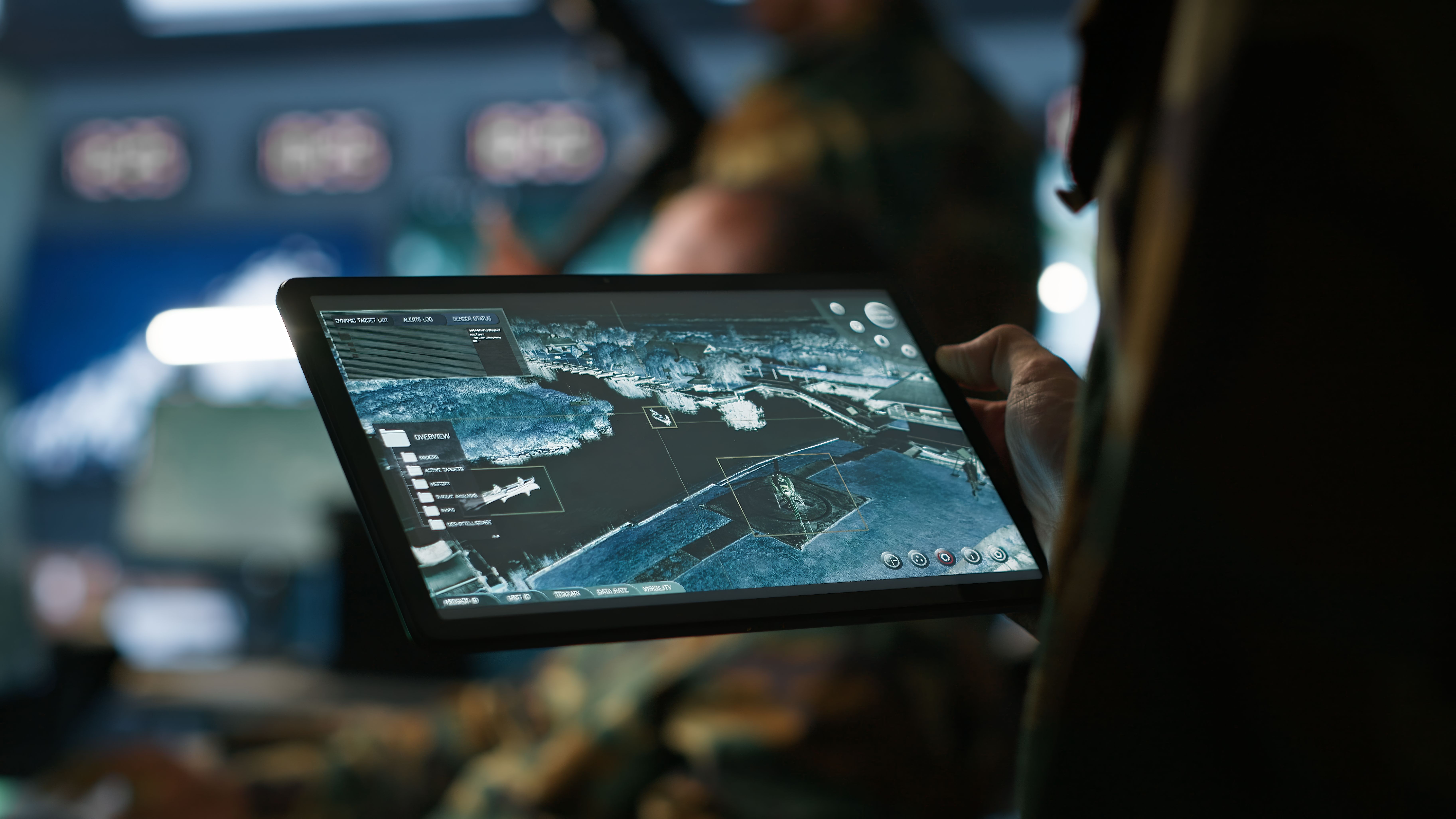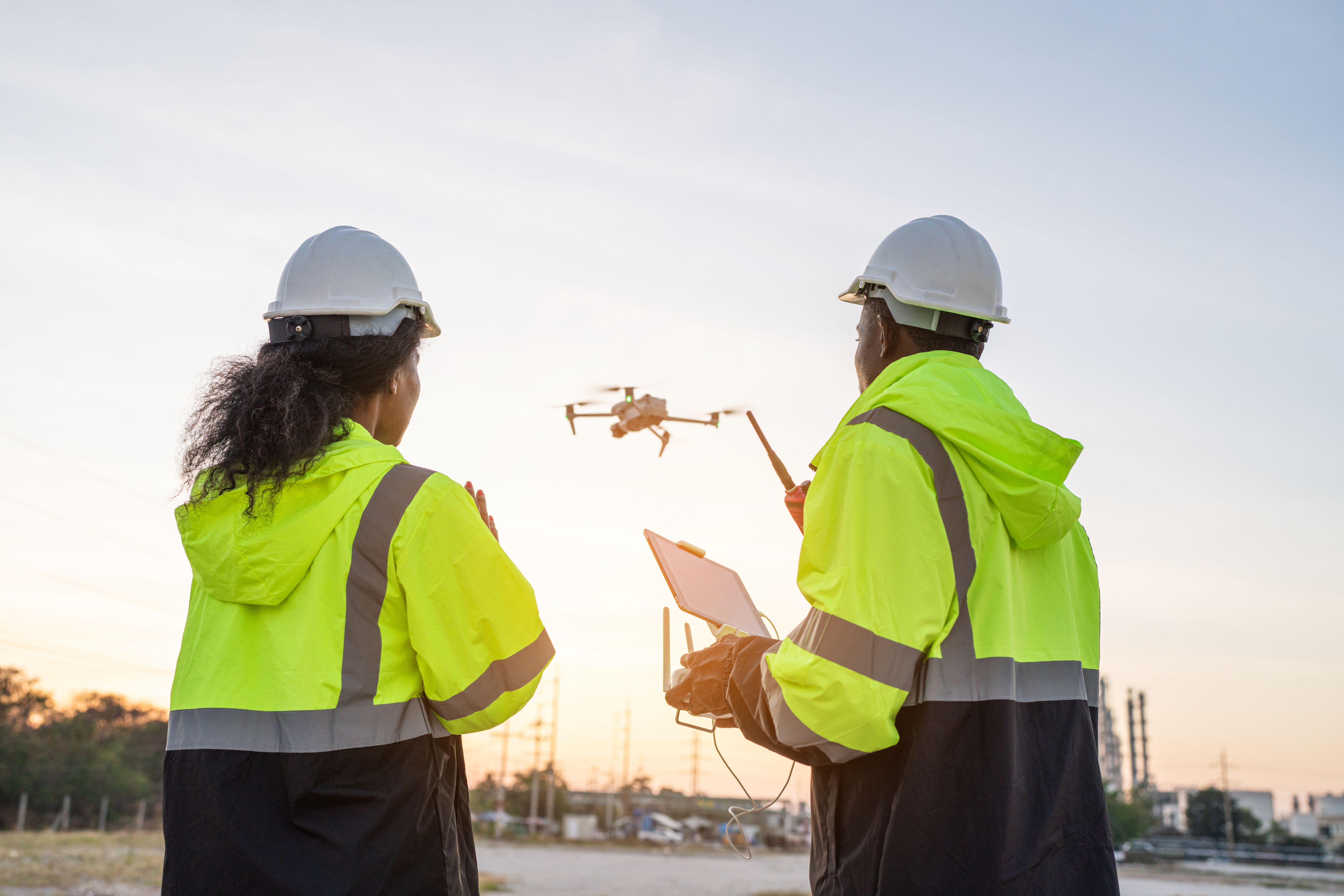Enhancing Operations with a Drone Dashboard
Introduction to Drone Dashboards
As drone technology continues to evolve, businesses are increasingly leveraging drones to optimize their operations. A crucial component in this ecosystem is the drone dashboard, which serves as a centralized platform for monitoring and managing drone activities. This tool brings together various functions that enable businesses to enhance efficiency and make informed decisions.
Drone dashboards provide a comprehensive overview of flight data, maintenance schedules, and real-time analytics. By integrating these elements, companies can streamline their workflows and ensure the safe and effective use of drones across various sectors.

Key Features of a Drone Dashboard
One of the most significant advantages of a drone dashboard is its ability to consolidate data from multiple sources. This includes flight logs, weather updates, and geographical information. By having all this data in one place, operators can easily access the information they need to plan and execute missions effectively.
Moreover, dashboards often include geofencing capabilities, which allow operators to set boundaries for drone flights. This feature ensures compliance with regulations and enhances safety by preventing drones from entering restricted areas. Additionally, real-time alerts and notifications keep operators informed of any deviations from planned routes.
Data Analytics and Reporting
Data analytics is another critical component of a drone dashboard. With robust analytics tools, businesses can gain valuable insights into their operations. These tools provide comprehensive reports on flight performance, battery usage, and maintenance needs, enabling proactive decision-making.

Enhancing Operational Efficiency
By using a drone dashboard, organizations can significantly enhance their operational efficiency. The platform allows for the automation of routine tasks such as flight scheduling and data collection, freeing up valuable time for strategic activities. This automation reduces the risk of human error and ensures that operations are carried out with precision.
Additionally, the integration of artificial intelligence and machine learning algorithms in drone dashboards further boosts efficiency. These technologies can predict maintenance needs and optimize flight paths, thus reducing downtime and operational costs.
Improving Safety Standards
Safety is paramount when it comes to drone operations. Drone dashboards play a crucial role in improving safety standards by providing real-time monitoring and diagnostics. Operators can quickly identify potential issues and take corrective actions before they escalate into significant problems.

Use Cases Across Industries
Drone dashboards are not limited to a single industry. They are versatile tools used across various sectors such as agriculture, construction, logistics, and emergency services. For instance, in agriculture, drones equipped with dashboards help farmers monitor crop health and optimize resource allocation.
In construction, drone dashboards facilitate site inspections and progress tracking, enabling project managers to oversee large-scale projects more efficiently. Similarly, logistics companies use these platforms to manage delivery drones, ensuring timely and accurate deliveries.
Conclusion
In conclusion, the integration of a drone dashboard into business operations offers numerous benefits ranging from increased efficiency to enhanced safety. By leveraging the power of data analytics and automation, companies can optimize their drone activities and achieve better outcomes.
As drone technology continues to advance, the capabilities of drone dashboards will expand, offering even more opportunities for innovation and growth across industries.